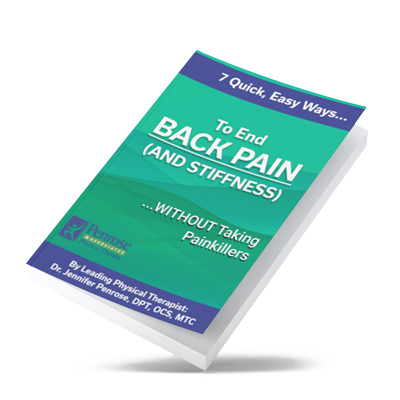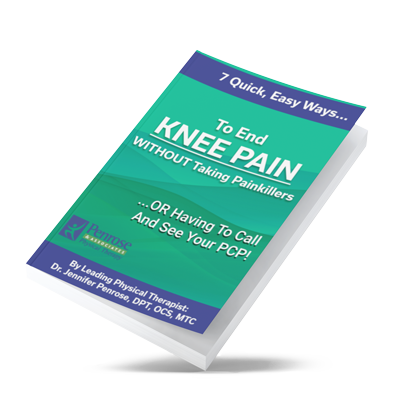Jennifer Penrose enjoys working with the running population of all ages. She has taken additional training in running and gait mechanics. She enjoys educating novice to experienced runner’s on the latest evidence for exercises that keep runners injury free! Runner’s workshops are scheduled approximately once a quarter during the year.
Most runner’s workshops include instruction with hands on exercise handouts to take home.
STRONG BODY Runner’s workshop
Most experts agree that running injuries can be from multiple factors: weakness, stiffness, the wrong shoe, inaccurate form, and training errors. In order to reduce your risk you need to approach it from all angles: a strong body, good form, and the right shoe.
In the battle against injury, a runner’s best armor is a strong body. Strong muscles, ligaments, and tendons guard against impact, improve form, and lead to a consistent gait.
Why?
- “If muscles are weak, one footfall will not be like the rest,” says Reed Ferber, Ph.D., director of the Running Injury Clinic at the University of Calgary. “How your knee turns in, your hip drops, your foot pronates changes with each step. But with strength, these movements are the same each time, so your mind and body know what to expect.”
- When a strong body runs, the brain tells the muscles to brace for impact before the foot hits the ground. The glutes and core contract to steady the pelvis and leg. The foot and ankle muscles are activated providing a solid foundation to land upon.
- However, if one stabilizer isn’t strong enough or isn’t recruited, other muscles get overworked, and the entire chain of movement is disrupted, says Eric Orton, a running coach featured in Born to Run.
- Most runners lack strength in at least one muscle group, as well as in their neuromuscular pathways, the lines of communication between brain and body, says Jay Dicharry, M.P.T., the director of the REP biomechanics lab at Rebound Physical Therapy in Bend, Oregon, and author of Anatomy for Runners. Strong pathways help muscles fire more efficiently and in quick succession, which enables you to run with greater control and stability.
These exercises, adapted from Dicharry’s and Orton’s programs, strengthen running’s key muscles and those neuromuscular pathways. You can do them as a full routine or insert them into your day perhaps while watching TV two or three times a week. If possible, do the moves barefoot.






